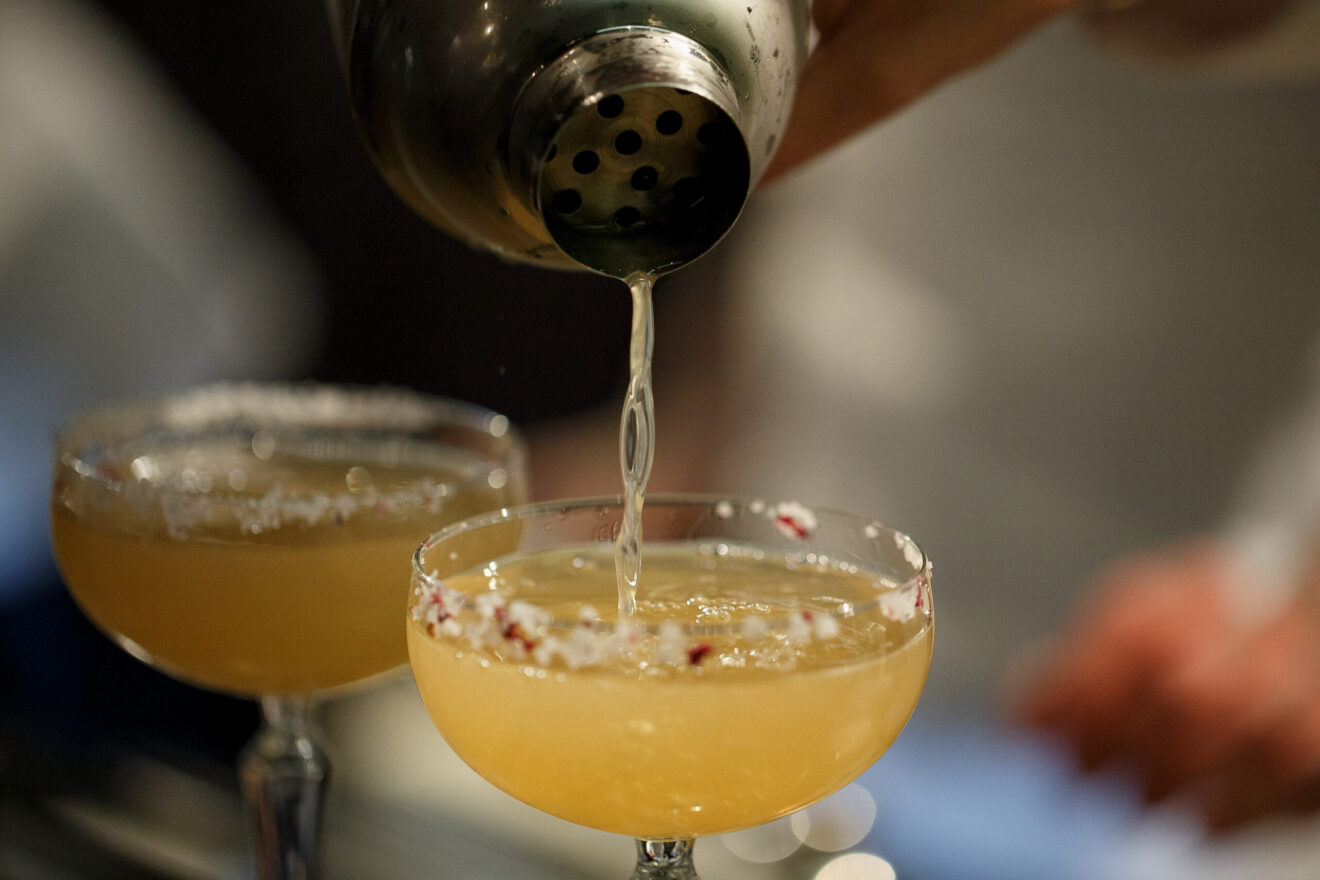When consumers visit restaurants and bars, they’re typically presented with carefully-curated lists of beverage options, including wine, mixed drinks, beer and spirits, as well as soft drinks and other beverages. But with many consumers cutting back on the amount of alcohol they drink, the question has arisen about whether a decreasing interest in liquor has hurt the bottom line at bars or helped it.
Background: Last year, sales of cider and beer with under 1.2% alcohol rose by almost 30%, and interest in no- and low-alcohol wine went up 8%, based on an analysis from Kantar Worldpanel. Fortunately, most forward-thinking eateries have capitalized on this trend by offering additional low-and no-alcohol options so their guests can still enjoy an evening out but without imbibing.
Have no-alcohol options ready
Many consumers eschew alcohol but still want to enjoy socializing at bars and restaurants, and some bars have even made the shift to a completely alcohol-free experience. Whether a bar is cutting alcohol completely from the menu or is working to cater to both those who drink and those who don’t, the key is to have multiple options available, said New York-based caterer and bartender Thomas Rosen.
“When we cater an event, we’ll have a wide range of beverages to offer, and that didn’t used to be the case,” he said. “It used to be beer, wine, sodas, liquor. Now we have non-alcoholic beers, craft sodas and two mocktails that we offer, and they are popular.”
He prices the mocktails two dollars below the cost of the standard cocktails, he said, and hasn’t had any pushback from consumers about the cost, which are hovering around $10.00 each. “Does it hurt the bar bill that people are drinking alcohol-free drinks instead of full-alcohol ones? In some cases, it can — but it would hurt a lot more if we only had soda for the non-drinking crowd, because we price those at $2.00.”
Therefore, offering well thought-out alcohol-free options is the key to stemming any potential losses that could come from an increasing trend away from alcohol, he said.
Consumers enjoy the creativity
Gone are the days of consumers being relegated to the Virgin Mary or an O’Doul’s when they go out on the town. Although those drinks are still popular, consumers like having the option of choosing from a wide variety of drinks, and seem to enjoy the creativity that bartenders put into their mocktail recipes.
Plus, mixologists enjoy creating them, because they offer an opportunity to bring fresh flavors and textures to drinks without having to rely on alcohol. Consumers also like being able to carry a drink just like the rest of the crowd so they don’t stand out, bartenders told the Star-Tribune recently.
The bottom line, Rosen says, is to ensure that those who are choosing not to imbibe have an array of options they can choose when they get thirsty. “If you don’t have anything for them, you’re sure to hurt the tab, because they might just drink water,” he said.
_______________________________________
If you enjoyed this article, sign up for The Culinary Institute of America’s Wine and Beverage SmartBrief to get news like this in your inbox, or check out all of SmartBrief’s food and travel newsletters, as we offer more than 30 newsletters covering the food and travel industries from restaurants, food retail and food manufacturing to business travel, the airline and hotel industries and gaming.
